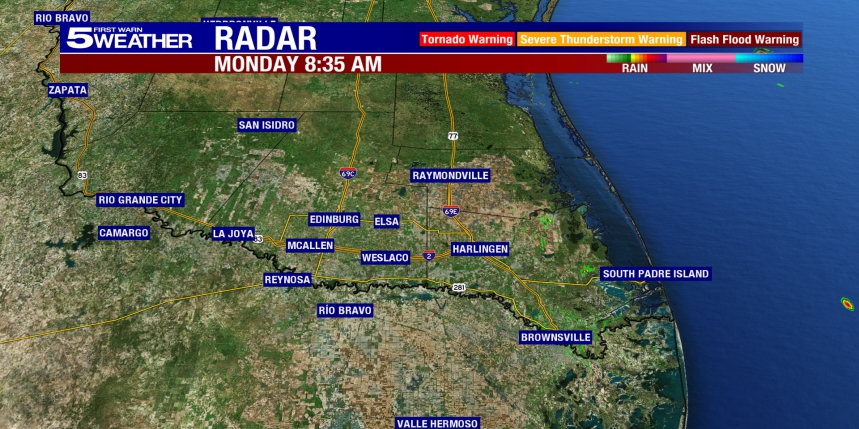Heart of the Valley: La Joya woman shares story on diabetes diagnosis
Related Story
More than 43 percent of people in the Rio Grande Valley have diabetes and if left untreated, it can lead to serious health complications, like blindness and amputations.
Monica Alaniz-McGinnis, 47, is making healthier choices after a diabetes diagnosis forced her to make a change.
"Like most people, I think I was in denial. Like, I didn't want to accept it, even though there was a family history of it. I had a great-aunt who had both legs amputated due to diabetes," Alaniz-McGinnis said.
The La Joya native was diagnosed with Type 2 diabetes in her late twenties.
Doctors explained when someone has Type 2 diabetes, the cells in the body do not use insulin properly, leading to high blood sugar levels.
"Your tissues don't see the insulin anymore because there's so much sugar in your diet, and you're genetically predisposed that your tissues are like man I see this all the time and I just don't recognize the insulin anymore," University of Texas - Rio Grande Valley School of Medicine Physician Dr. Cristel Escalona said.
Insulin converts sugar into energy. With an A1C test, you can measure your average blood sugar over the past two to three months. It's used to diagnose diabetes.
Less than a 5.7 is normal, 5.7 to 6.4 is considered prediabetes and 6.5 or higher is diabetes.
Alaniz-McGinnis's A1C was over 10. Now, it's at a 5.2.
Alaniz-McGinnis credits that to lifestyle changes she's made, like diet and exercise.
"When I was getting my doctorate, I would deal with the stress by I'm just going to get a huge burger from Sonic with fries that have chili and cheese," Alaniz-McGinnis said.
Now, Alaniz-McGinnis avoids sugar and processed foods and cooks healthy meals for her family. She also gets checked by her doctor every three months.
"If you're a diabetic, you're a diabetic for life. You have to take care of yourself," Alaniz-McGinnis said.
You can start by adding walks or physical activities with your loved ones to your daily routine. Avoid fried foods and sugary items and add vegetables, grains and high-protein foods to your diet.
HEB will be offering free glucose screenings at any of their locations in the Lower Valley. For the full schedule, click here.



